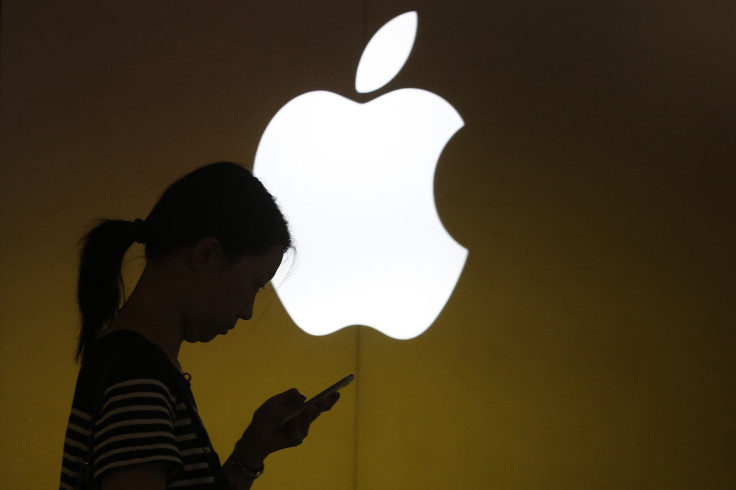Apple iOS Messages Bug Can Crash Twitter And Snapchat

A peculiar combination of Arabic, Marathi and Chinese letters and symbols is making the Apple iMessages app crash, it was recently discovered. Furthermore, the series of unicode characters are also causing the Apple iPhone (in lock screen) to reboot automatically, in addition to affecting the third-party messaging apps, notes Phone Arena. Now a new report is out saying this Messages bug also affects Twitter and Snapchat, when accessed via an iOS device.
A Twitter user running an Apple iOS device can also receive the unique string combination message via a Direct Mention or a public mention, the Guardian reports. If the user’s device has notifications on, the iOS device, including the iPhone, iPad or Apple Watch, will reportedly go down crashing.
Snapchat can also receive the malicious message and if a user tries to open the link, the Apple iOS device will apparently crash. From the time the unique string of letters and symbols were reported to the general public, many users have been trying to crash their friends' Apple devices for fun. Even though switching off the notifications saves the iOS device, it apparently cannot prevent the Snapchat or Twitter app from getting disabled. The problem is the way Apple iOS handles notifications in general.
Apple issued a workaround on Friday to fix the problem pertaining to opening iMessages. The company also is working on a permanent fix for the aforementioned problem. This fix is to be rolled out in a software update in the near future.
If readers would like to try the workaround, here’s how the problem can be fixed temporarily in order to reopen the iMessages:
- Apple iOS users should ask Siri to "read unread messages."
- In addition, with the help of Siri, reply to the malicious message. After sending out the reply, Apple device users should be able to open iMessages again.
- In case, this workaround didn’t help, Apple suggests that users “tap and hold the malicious message, tap More, and delete the message from the thread.”
© Copyright IBTimes 2024. All rights reserved.











